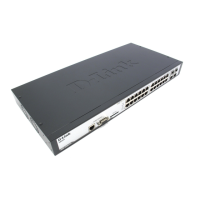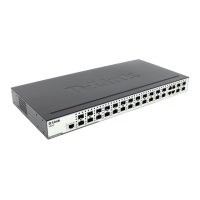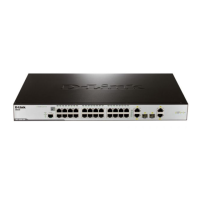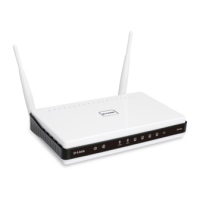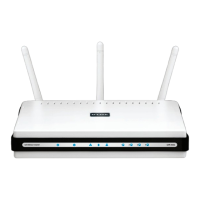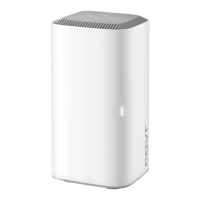xStack
®
DGS-3426G Layer 2 Gigabit Ethernet Managed Switch
21
RA Other Configure
Flag
Use the drop-down menu to enable or disable the Managed flag. When enabled, this will
trigger the router to use a stateful autoconfiguration process to get configuration
information that is not address information, yet is important to the IPv6 settings of the
Switch. The default setting is Disabled.
RA Max Router
AdvInterval (s)
Used to set the maximum interval time between the dispatch of router advertisements by
this interface over the link-local network. This entry must be no less than 4 seconds (4000
milliseconds) and no more than 1800 seconds. The user may configure a time between 4
and 1800 seconds with a default setting of 600 seconds.
RA Min Router
AdvInterval (s)
Used to set the minimum interval time between the dispatch of router advertisements by
this interface over the link-local network. This entry must be no less then 3 seconds and
no more than .75 (3/4) of the MaxRtrAdvInterval. The user may configure a time between
3 and 1350 seconds with a default setting of 198 seconds.
Stacking
From firmware release v2.00 of this Switch, the xStack
®
DGS-3426G now supports switch stacking, where a set of twelve
switches can be combined to be managed by one IP address through Telnet, the GUI interface (web), the console port or through
SNMP. Each switch of this series has either two or three stacking slots located at the rear of the device, which can be used to add
10-gigabit DEM-410CX or DEM-410X stacking modules, sold separately. After adding these stacking ports, the user may connect
these ports together using copper or fiber stacking cables (also sold separately) in one of two possible topologies.
Duplex Ring – As shown in Figure 6-9, the Duplex Ring stacks switches in a ring or circle format where data can be transferred
in two directions. This topology is very resilient because if there is a break in the ring, data can still be transferred through the
stacking cables between switches in the stack.
Duplex Chain – As shown in Figure 6-10, The Duplex Chain topology stacks switches together in a chain-link format. Using this
method, data transfer is only possible in one direction and if there is a break in the chain, then data transfer will obviously be
affected.
DGS-3424G
Switches
DGS-3424G
Switches
Figure 2 - 9 Switches stacked in a Duplex Ring Figure 2 - 10 Switches stacked in a Duplex Chain
Within each of these topologies, each switch plays a role in the Switch stack. These roles can be set by the user per individual
Switch, or if desired, can be automatically determined by the switch stack. Three possible roles exist when stacking the xStack
®
DGS-3426G.
Primary Master – The Primary Master is the leader of the stack. It will maintain normal operations, monitor operations and the
running topology of the Stack. This switch will also assign Stack Unit IDs, synchronize configurations and transmit commands to
remaining switches in the switch stack. The Primary Master can be manually set by assigning this Switch the highest priority (a
lower number denotes a higher priority) before physically assembling the stack, or it can be determined automatically by the stack
through an election process, which determines the lowest MAC address. It will then assign that switch as the Primary Master, if all

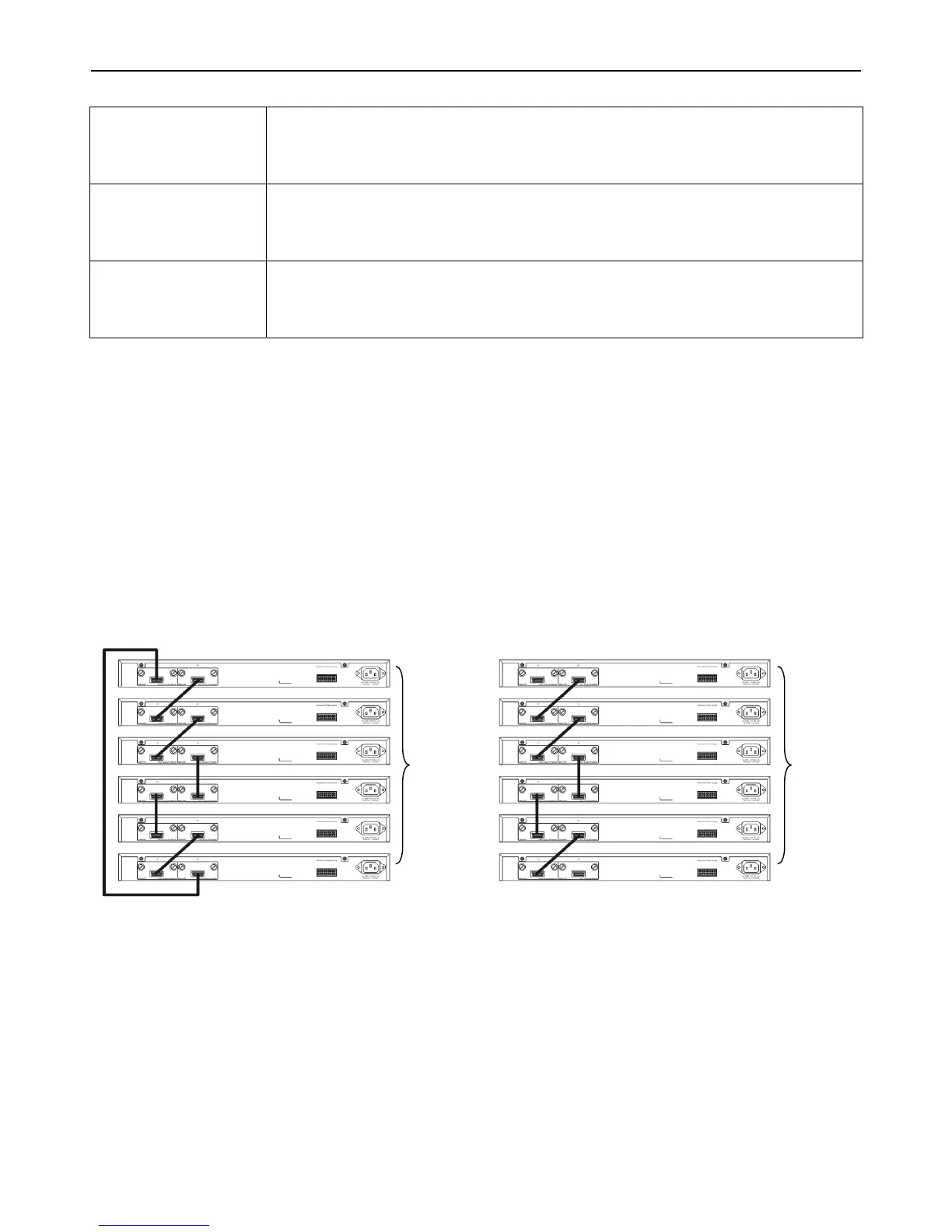